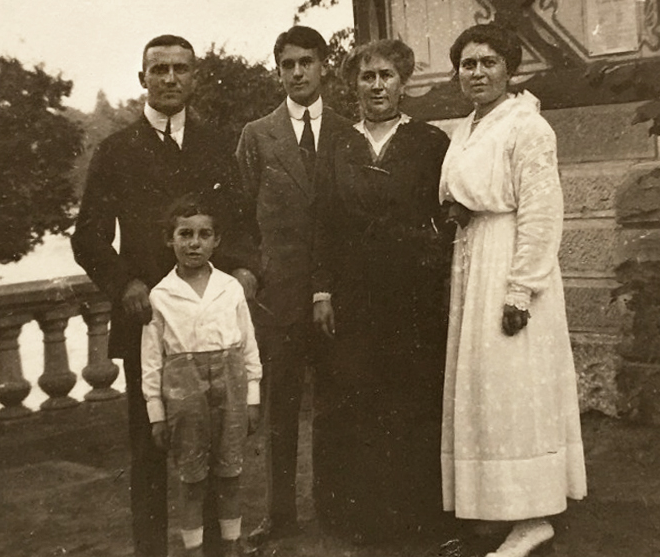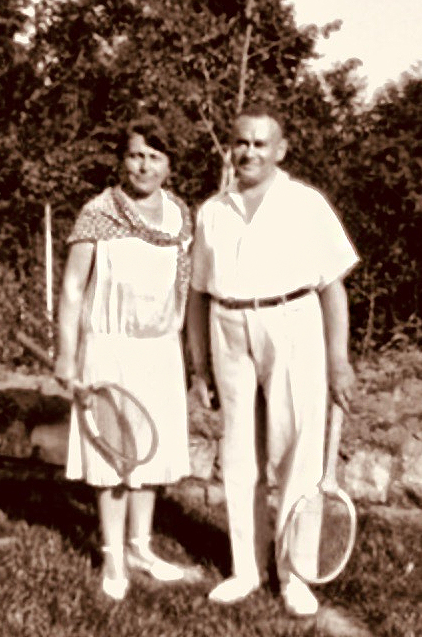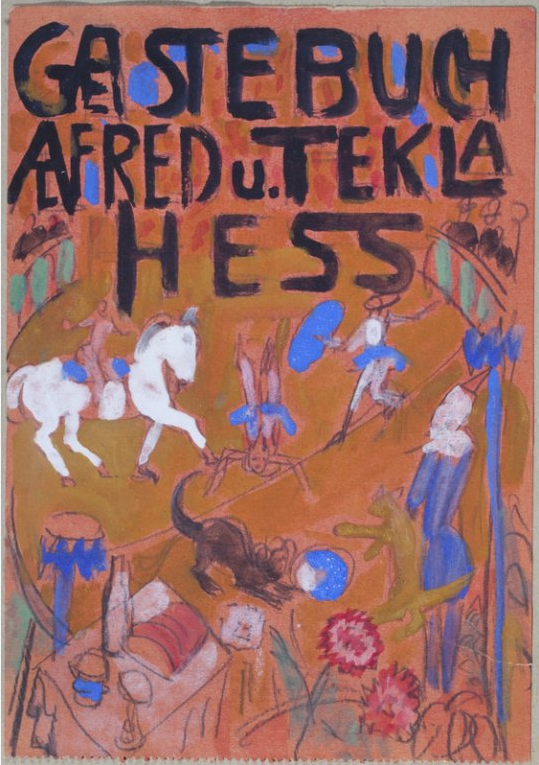Thekla Pauson Hess
Authors: Paul Dörrzapf, Bastian Girschke

[No Stolperstein in Lichtenfels]
 © Pauson family
© Pauson family
Manufacturer's wife and art collector

Tekla (or Thekla) Pauson Hess (1884-1968) grew up in Lichtenfels and married the Erfurt industrialist Alfred Hess (1879-1931), shoe manufacturer, patron of the Bauhaus, and art collector. Tekla and Alfred Hess amassed one of the most important and largest collections of German Expressionist art.
When Alfred died unexpectedly in 1931, in the midst of the Great Depression, he left his widow and son his majority shares in a temporarily insolvent shoe factory, in addition to some real estate.
Struggle for the art collection
Tekla Pauson Hess took care of the art collection and in 1933-34 moved back to her parents' house in Lichtenfels, where she stored, at least temporarily, parts of her collection of about 4,000 works. There are many rumors and little concrete evidence about their whereabouts.
In the following years she lived in cramped financial circumstances alternately in Berlin, Erfurt, Lichtenfels and often in Ascona with her friends Helene Rohlfs and Maria Marc in Switzerland. She was also often with her son Hans, who had already fled from the Nazis in 1933 to Paris and later London, where he had to keep his head above water with odd jobs. Tekla tried to save the most important works of the artists who were mostly branded as "degenerate" by the Nazis by transferring them to Switzerland, but this only succeeded until 1937.
Escape to England
In the first half of 1938 she again stayed mainly in Lichtenfels. After the Pogrom Night in 1938, the decision to emigrate was made. She was able to join her son in London in April 1939, where they lived in great material poverty. Tekla moved with her son to Leicester, where he was initially employed as a farm laborer until he was able to establish connection with the Leicester City Arts and Museum as an art historian.
Tekla succeeded in bringing some of the 4,000 works of art to Leicester. They form the basis of Leicester's famous German Expressionist Collection at Leicester City Arts and Museums.
Tekla Pauson Hess died on November 22, 1968 in Lewes, Sussex, England.
